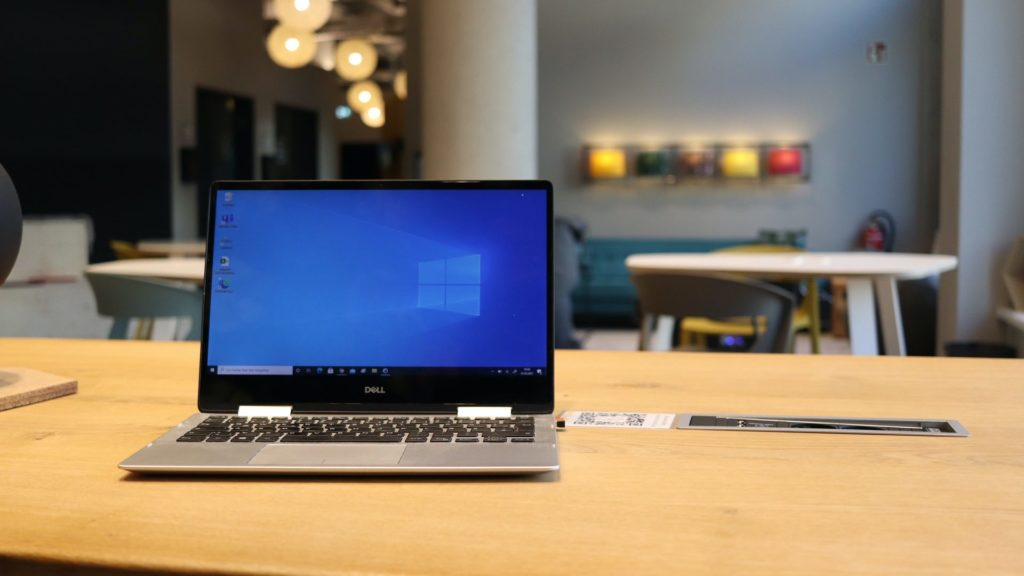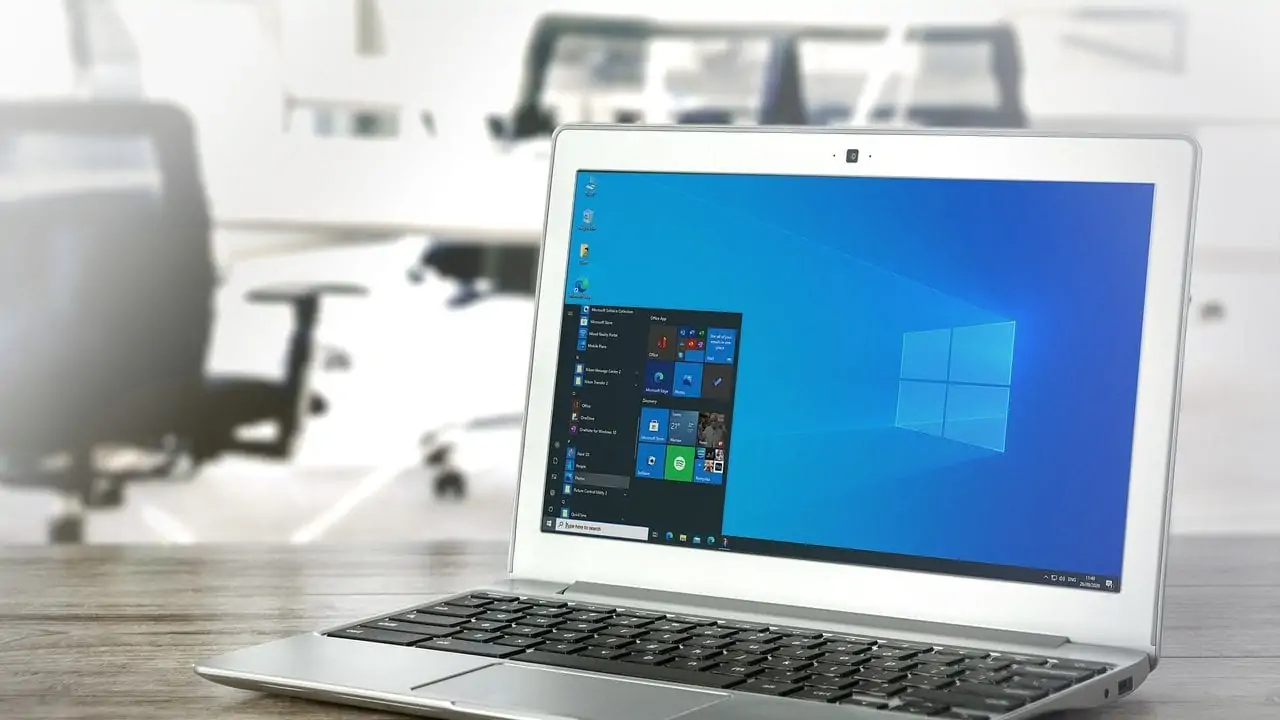
It’s not hard at all to format a hard drive in a computer. Follow this guide.
Formatting a hard drive means that you make it completely empty and ready for use. Read on quickly if you want to know why this work is sometimes necessary and how formatting works!
Why should you format your hard drive?
There are a number of reasons why you should or can format your hard drive:
- If you resell or give your computer or laptop to someone else.
- If you replaced your old hard drive with a new one. When you buy an external hard drive, you can assume that it is already formatted. This is not the case with internal hard drives: you usually have to do it yourself.
- If you are experiencing certain problems with your hard drive, such as a virus. Formatting is usually an effective means against viruses. Keep in mind that formatting will erase all data on the drive. So make a backup first.
What you need to format your hard drive
You don’t need anything extra for the step-by-step guide below. Make sure you have your computer or laptop ready, and you’re good to go!

Formatting hard drive in Windows computer
Step 1: Go to Disk Management
The first step is to go to Disk Management. You can get here by right-clicking the start button at the bottom left (the Windows icon) and selecting Disk Management.
Step 2: Click on the name of the drive
Once you’re in Disk Management, search for the name of your hard drive. Right click on this and select Format.
Step 3: Choose a volume name
A pop-up window will appear. The top line lets you choose a volume name. This is the name of the disk. You can adjust this to your liking.
Step 4: Choose a file system
Then there is a choice of file system: FAT32, NTFS or exFAT .
- NTFS (new technology file system) is the most modern file system and usually the best choice.
- FAT32 is the oldest variant, but is again compatible with 32-bit operating systems. FAT32 cannot process files larger than 4 GB.
- xFAT is a more modern variant of FAT32. This is especially good for external drives and if you want to move files between Windows and macOS.
Step 5: Leave the cluster size
The third line on the window is a cluster size choice. A cluster is the minimum amount of disk space to store a file. It is best to leave the recommended cluster size (Default) and not change anything here. For the NTFS file system, this is 4 kilobytes.
Step 6: Check or uncheck fast format
You can then check or uncheck Fast Format. If you do this, formatting will take a lot less time. If you are formatting the hard drive because you ran into problems, you would rather opt for a full format. Fast formatting may not resolve all errors.
Step 7: Check or uncheck file and folder compression
The last line of the popup is about checking or unchecking File and Folder Compression. You can leave this box blank: file and folder compression is not necessary.
Step 8: Click OK
Then click on OK and the formatting can begin! It’s that simple.

Formatting hard drive in Mac computer
Step 1: Open Disk Utility
Open Finder and go to Applications > Utilities. Disk Utility is usually listed there . Open the program.
Step 2: Show all devices in the program
Click View (at the top) and then click Show all devices.
Step 3: Find the storage drive
In the sidebar (left), you’ll find the name of the drive you want to format. Right click on this and select Delete.
Step 4: Choose the format
A pop-up window will appear. Under Layout, choose GUID partition layout.
Step 5: Select a file system tree
Under Structure, select a file system structure of your choice:
- Apple File System (APFS): File system used by macOS 10.13 or later.
- Mac OS Extended : File system used by macOS 10.12 or older.
- MS-DOS (FAT) and ExFAT: file systems compatible with Windows. This is useful if you use the drive as additional storage and also frequently connect it to a Windows computer.
Step 6: Erase the Disk
Enter a name and click Clear and then Done. The hard drive has been formatted!
Conclusion
I hope the above step-by-step guide was clear and your hard drive has been successfully formatted. Did it not work out? Feel free to send us a message!